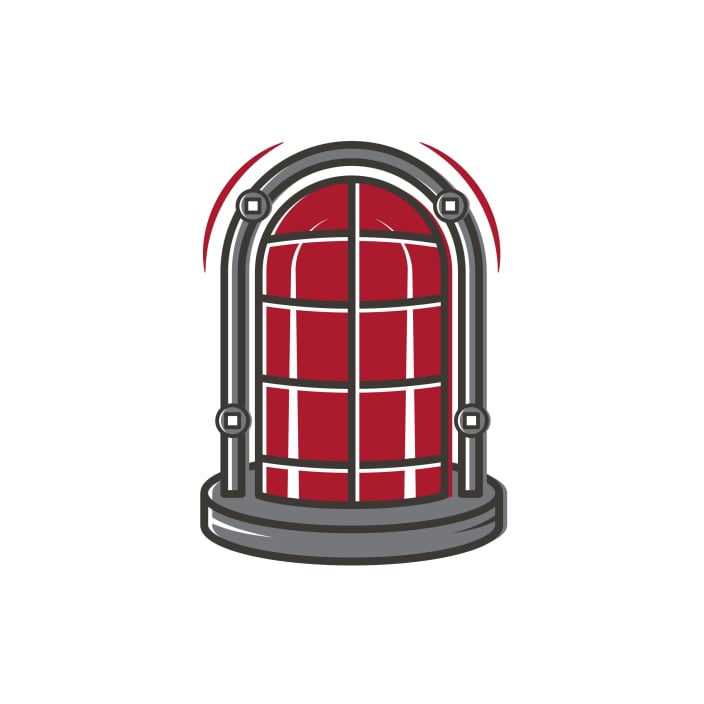

Injuries are part of any sport, and hockey is no exception. Whether it’s a sprained ankle, a shoulder strain, or something more serious like a concussion, a hockey injury can be frustrating—not just physically, but mentally too. As a player, it’s normal to want to return to the ice as soon as possible but jumping back into the game too early can result in re-injury or long-term problems.
Returning to play safely requires a careful approach, including proper rehabilitation, guidance from healthcare professionals, and understanding your body’s limits. Here’s a step-by-step guide to help you safely return to play after a hockey injury, along with important rehab milestones and red flags to watch for along the way.
Step 1: Consult Your Healthcare Provider
The first step in your recovery journey should always be to consult a healthcare professional. Whether you’ve sustained a minor injury or something more serious, it’s important to get an accurate diagnosis. A healthcare provider, such as a physician, athletic trainer or sports physical therapist, can assess the severity of your injury and recommend an appropriate treatment plan.
Red flag:
• If you experience persistent pain, unusual swelling, or any signs of infection (e.g., redness or warmth), consult your healthcare provider immediately. These could be signs that your injury is more serious than initially thought.
Step 2: Start Physical Therapy and Focus on Rehabilitation
Physical therapy is crucial for recovery, especially after a hockey injury. We design a rehab program based on your specific injury and recovery needs. The rehab process will include exercises to restore mobility, strengthen the injured area, and help you regain functional movement patterns.
Rehab milestones (generally speaking):
• Phase 1 - Acute Phase: Focus on reducing pain, inflammation, and swelling. Gentle range-of-motion exercises and modalities like ice or heat therapy may be used.
• Phase 2 - Strengthening Phase: As your injury heals, your therapist will introduce strengthening exercises. This phase focuses on rebuilding the muscles around the injured area and increasing stability.
• Phase 3 - Sport-Specific Phase: In this phase, you'll begin sport-specific exercises, such as skating drills or light puck handling, to prepare your body for the demands of hockey.
Red flag:
• If you feel pain or have swelling during your exercises or rehab activities, stop and consult your therapist. Pain is a signal from your body that something isn’t right, and pushing through pain can lead to setbacks in your recovery.
Step 3: Gradual Return to Physical Activity
Once you’ve regained strength and flexibility, it’s time to reintroduce physical activity. A gradual return to movement is key to avoiding re-injury.
Start slow:
• Typically we begin with low-impact activities, such as light cycling or swimming, to maintain cardiovascular fitness without putting too much stress on the injured area. We may also recommend specific exercises to target the muscles used in skating, such as lunges, squats, and eventually plyometric movements.
Gradual reintroduction to ice:
• Before jumping into a full-intensity practice, you will first want to start with skating drills that don’t involve checking or high-speed maneuvers. Gradually increase the intensity as your body responds positively to the load.
Red flag:
• If you experience discomfort during any of these activities, back off. A sudden increase in intensity could be a warning sign that you're pushing too hard, too soon.
Step 4: Return to Play with Modified Intensity
Once you’re cleared to return to hockey practice, you should continue to build up your intensity and volume over time.
Modified intensity:
• Start with lower-intensity drills that focus on skating technique, passing, and puck control. Avoid heavy contact, shooting drills, or high-speed game situations in the early stages of your return. The key here is to ease into more intense practices.
Monitor fatigue:
• Fatigue is one of the first signs that your body isn’t fully ready for full competition. Pay attention to how your body feels during practices.
Red flag:
• If you experience sharp pain or notice any recurring issues, such as swelling, stiffness, or instability, stop and seek medical attention. These could be signs that the injury hasn’t fully healed or that you’re pushing yourself too hard.
Step 5: Full Return to Play
A full return to play means you're ready to compete at full intensity without restrictions.
Ongoing care:
• Even after returning to play, continue your rehab exercises as directed to maintain strength and mobility in the affected area. Working with us to develop a maintenance plan will help ensure that you stay strong and reduce the risk of re-injury.
Strengthening weak areas:
• Many hockey injuries occur due to weak or imbalanced muscles. We can recommend strengthening exercises for areas that are vulnerable.
Red flag:
• If you feel like the injury is affecting your game (e.g., limiting your range of motion, speed, or strength), don’t hesitate to speak to us! It’s better to take a few extra days to properly recover than to risk a more serious injury later.
Final Thoughts: Patience is Key
The road to recovery after a hockey injury requires patience, self-awareness, and commitment to your rehabilitation plan. Rushing back into play too soon may result in reinjury or long-term complications, but with a thoughtful, gradual approach, you can return to the ice stronger and more resilient than before.
Throughout your recovery, keep these guiding principles in mind:
• Always consult with your PT before progressing to the next phase of your recovery.
• Listen to your body and respect any signs of discomfort or fatigue.
• Focus on building strength, flexibility, and sport-specific skills before returning to full-contact play.
• Be patient—your body needs time to heal properly.
By following these steps, you’ll maximize your chances of making a full recovery and getting back on the ice safely. Best of luck with your return to play, and remember: a safe return is the best return!
HTML Builder